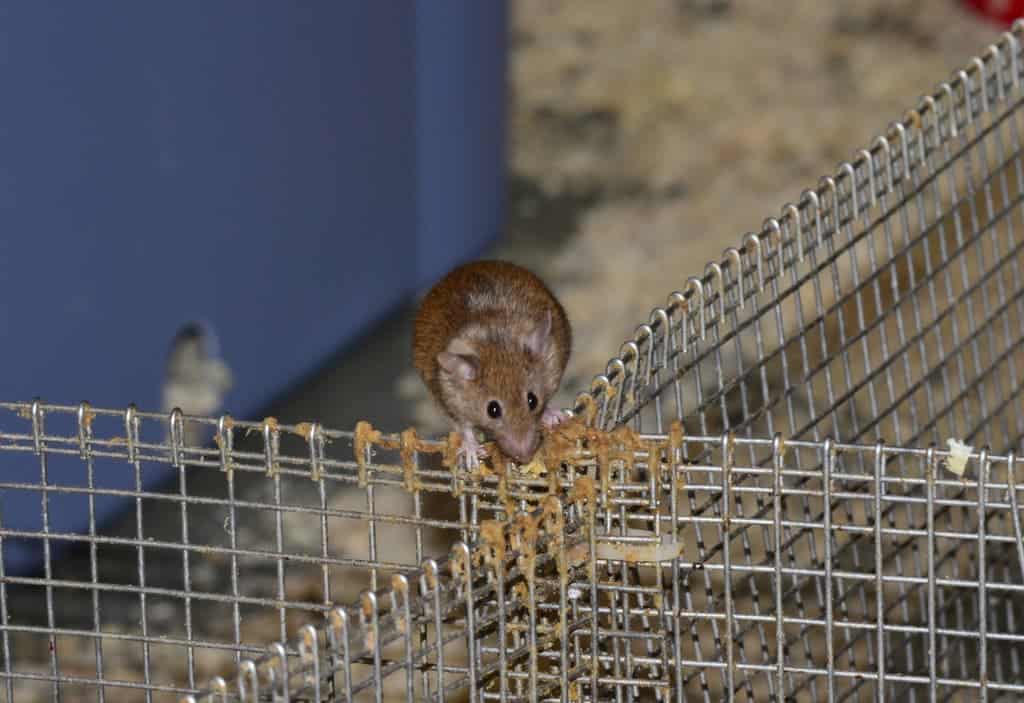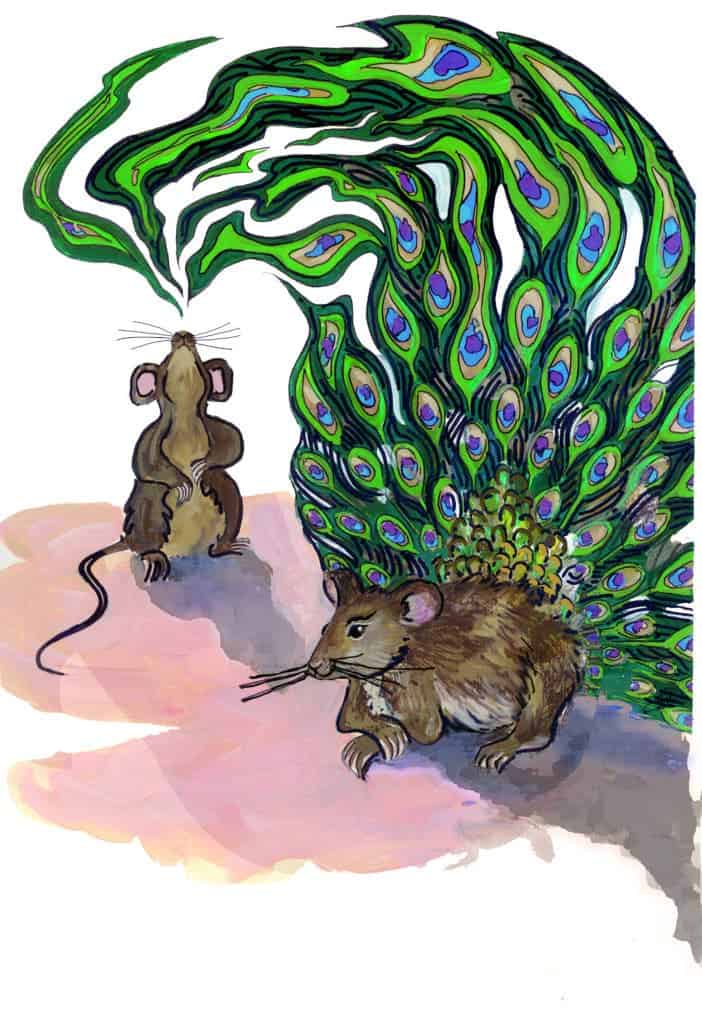University of Utah researchers found that female mice that live in a competitive social environment and choose to mate casually with multiple partners give birth to males who are much more attractive to female mice, at the cost of a dramatic cut in life expectancy however. You only have one life, says the sexy male mouse.
The research is a fantastic example of epigenitics at work – how parents’ environment modifies their offspring’s genes; in other words, not only do parents’ gene count, but also a great contribution in the overall offspring genetic mark-up depends on the environment.
“If your sons are particularly sexy, and mate more than they would otherwise, it’s helping get your genes more efficiently into the next generation,” says biology professor Wayne Potts, senior author of the new study.
“Only recently have we started to understand that environmental conditions experienced by parents can influence the characteristics of their offspring. This study is one of the first to show this kind of ‘epigenetic’ process working in a way that increases the mating success of sons.”
A promiscuous family
Typically, lab mice breeding is skewed from the animals’ natural conditions. Domesticated mice are generally monogamous and hardly touch each other in the cage – go figure. “In nature, mice must seek out and choose their own mates – a process that is eliminated in standard lab breeding conditions,” says University of Utah doctoral student Adam C. Nelson.

To simulate seminatural conditions, the researchers bred mice in a 22-foot-by-13.5-foot enclosure (mice barn), divided by wire mesh fencing into six sections or territories which were easy to cross in and out by the mice. However, some of these territories were made more appealing than others, as they had more food, water or a more spacious nest box. So, the mice had to compete with each other – almost like in natural conditions. As a measure of control, the mice which were introduced descended from wild mice and were bred for 10 consecutive generations in domesticated conditions: in cages with assigned mates.
Prospective parents first lived in one of two environments: the promiscuous mouse barn or monogamous cages. They were removed after eight weeks and bred in cages in four combinations: mother and father from promiscuous environment; both from monogamous environment; mother from promiscuous environment and father from monogamous environment; and vice versa.
Regardless of the father’s origin, the researchers found that females which came from promiscuous environments gave birth to sons which produced more pheromones than sons of monogamous, domesticated moms. More than just a classy perfume, mice pheromones are a sex magnet and the stronger the scent, the harder it is for females to resist the call. Hey, guys, stop looking for deodorants online now – it doesn’t work for humans that way.
Back to pheromones. Yes, lady mice love these, understandably: the more the male’s scent is saturated with pheromones produced in mouse urine and other glands the more the said male with mate. Apparently, male mice who came from promiscuous parents produced 31 percent more major urinary proteins or “sexy” pheromones than male mice from caged monogamous parents. Previous research established that male mice with promiscuous parents actually produce about one-third more progeny than sons of monogamous parents.
It’s clear that the social life of female mice has a great impact on their male offspring, something that is described through epigenetic inheritance. In epigenetic inheritance, however, genes aren’t mutated, instead genes are either activated or expressed. So, epigenetics deals with gene modification and a common mechanism is methylation , a change that reduces a gene’s production of a protein. In the new study, Nelson and co-authors looked at a pheromone gene named Mup11. They found that methylation of the gene was twice as high in sons of monogamous, domesticated mice than it was in sons of promiscuous, social mice. So the sons of the promiscuous mice were able to produce more pheromone.
Sexy to die for

You win some, you lose some. Apparently, those enhanced pheromones come at a huge price tag, though. n. Only 48 percent of them lived to the end of the experiment, compared with 80 percent of the male mice whose parents lived monogamously in cages.
“Production of pheromones is outrageously expensive,” says biology professor Wayne Potts, senior author of the new study. “A single mouse’s investment in pheromone production compares with the investment that 10 male peacocks make in the production of their tails, which also are used to attract females.”
Besides gaining insights in mice sex habits and practices, the University of Utah preset research has some important practical applications. Through a better understanding of how pheromones work and how these influence mating, scientists, workers or volunteers associated with conservation efforts may improve their success with captive-breeding programs. It might be better, for instance, than forcing pandas to watch panda porn in hope they might get aroused and actually get off their lazy butts to mate.
“It’s amazing how often reintroduction of captive-breed endangered species fails – it’s estimated to be as high as 89 percent,” says Potts. “Domestication stimulates epigenetic mechanisms that make animals less fit for nature.”


